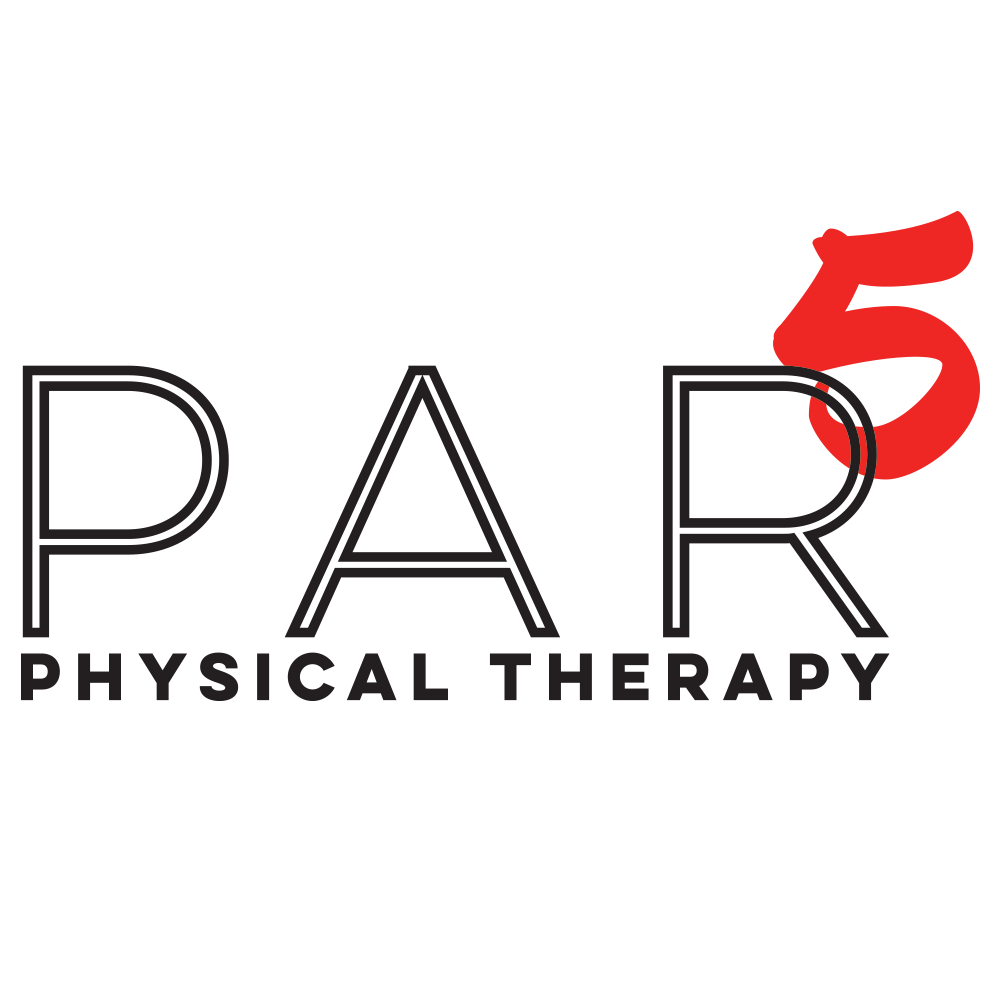Are you throwing off your golf game with your work out?
Golfers, how are you doing? Are you putting off your game by not getting enough exercise? How can you tell?
Here's the deal. You might be limiting your ability to swing a club quickly and consistently.
You should first establish goals for your exercise program. This starts with a physical examination, some type of test, and an assessment. Your strengths and weaknesses will help you focus your training and help you reach your goals. What about specific exercises? All exercises are good for you. But is it necessary for the exercise to look like a swing on a golf course?
Let's say we want to do core or abdominal exercises.
To do sit-ups and curls, most people use an ab machine. Some people will do crunches or curls on a physioball. What about planks? Popular static holds such as planks are also very popular.
Understanding the purpose of these abdominal exercises will help you decide if they are suitable for you as a golfer.
The abdominal muscle group is made up of four parts: the vertical Rectus Abdominus, diagonal External and Internal Obliques, and the horizontal Transverse Abdominus.
Crunches, sit-ups, and knee raises are all primarily for the rectus abdominus.
Golf is a rotating sport. It moves in the transverse plane. The sagittal plan is where most abdominal exercises take place. These planes of motion are right angles. You are missing out if your program includes only sit-ups, curl-ups and leg or knee raises, or any other variation thereof.
Rotational athletes require core strengthening. Paloff presses, or any Paloff press variation that includes anti-rotation forces or rotation, are a great example of what golfers should include in their exercise routine. Planks with a rotary component can be very effective. For core stability and shoulder strength, a plank drag through is a difficult exercise.
Athletes who only focus on the sagittal plane movement of their athletes can become inefficient in their golf swing, tennis swing, or ball throwing movements. This can lead to injury or pain.
Do not neglect the transverse plane when programming core stability and abdominal strength in rotational sport athletes.
To speak with a specialist if you are a rotational sports athlete, contact PAR5PT

